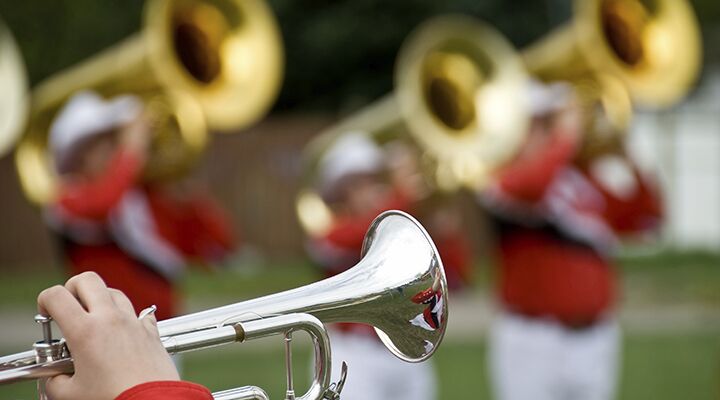
Georgia and Mississippi Schools Banned From Public Display of Faith
Two schools in Georgia and Mississippi were ordered to remove their public prayers and silence their marching bands during their season opening football games in August.
West Laurens High School in Georgia received a complaint from Americans United for Separation of Church and State (AU) in May stating that “[t]he opening prayer and religious hymn at the football game were plainly unconstitutional.” Mississippi’s Brandon High School marching band was ordered off the field because the Christian hymn they played, “How Great Thou Art,” violated a federal court order. The order was given after a student sued the school for holding a series of Christian meetings on school property in 2013.
Both complaints claimed that the schools violated the Establishment Clause of the First Amendment to the United States Constitution. The First Amendment states, “Congress shall make no law respecting an establishment of religion, or prohibiting the free exercise thereof.”
West Laurens officially replaced its prayer with a moment of silence. However, during the opening game, the entire stadium began reciting the opening prayer and the band played “Amazing Grace.” A similar thing happened at Brandon High’s August 21 game. During half time, the stadium was filled with spontaneous hymn recitations from the crowd. The Courier Herald, West Laurens’s local newspaper, published the high school’s reaction to the ban on its front page.
Expect to see more complaints from AU and less public displays of religious faith. The percentage of Americans unaffiliated with any religion is rising fast. Many of the nonreligious are highly vocal in their criticism regarding any public show of faith. To discover more concerning the United State’s future relating to this issue, read “America’s Crumbling Religious Landscape.”
